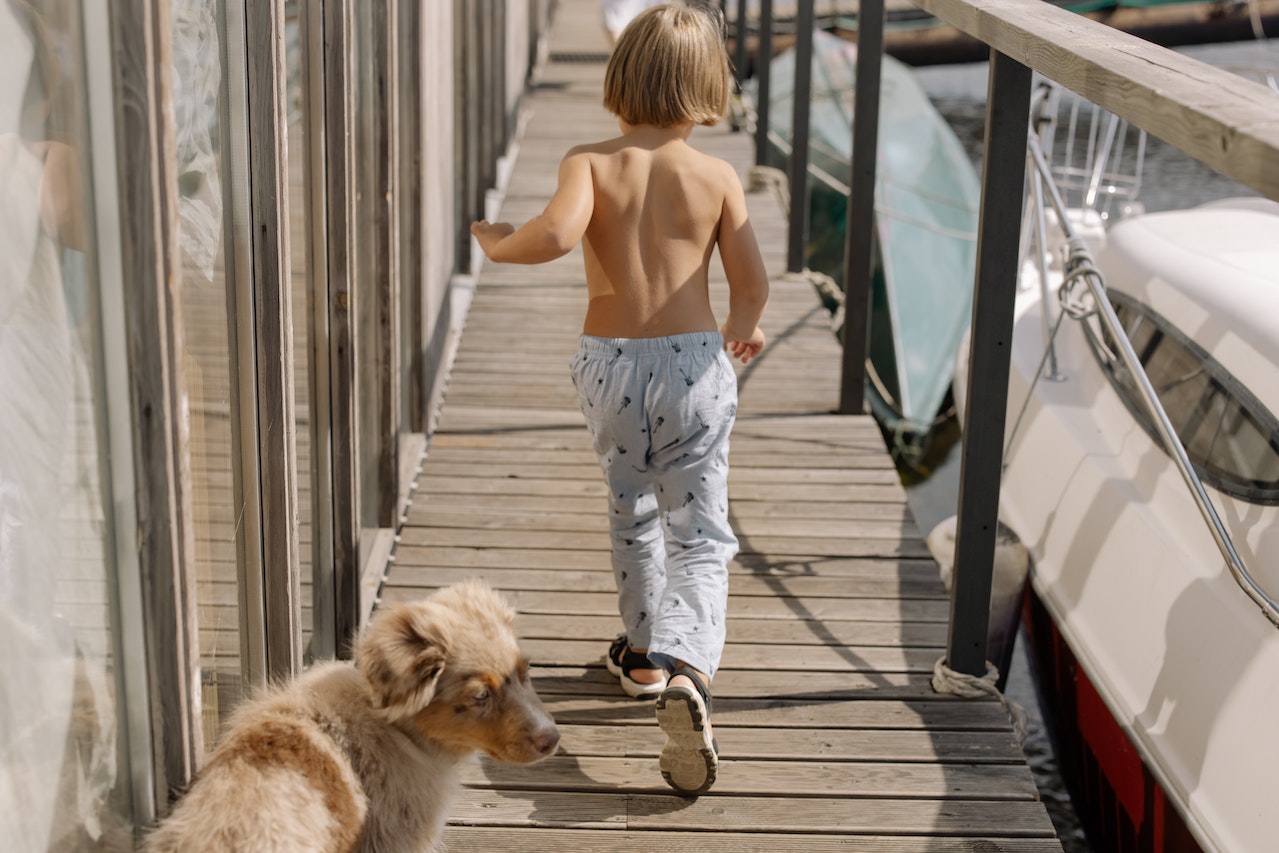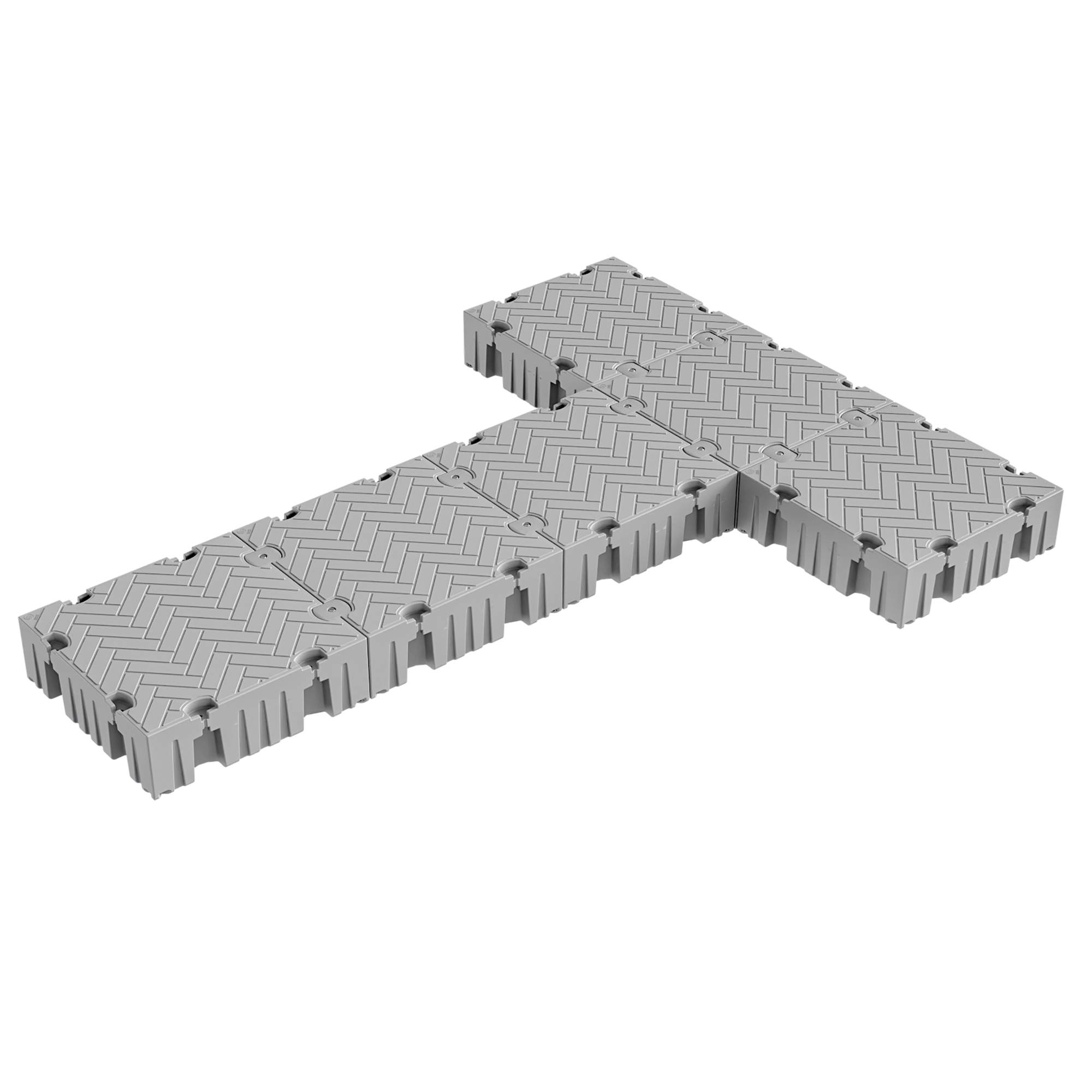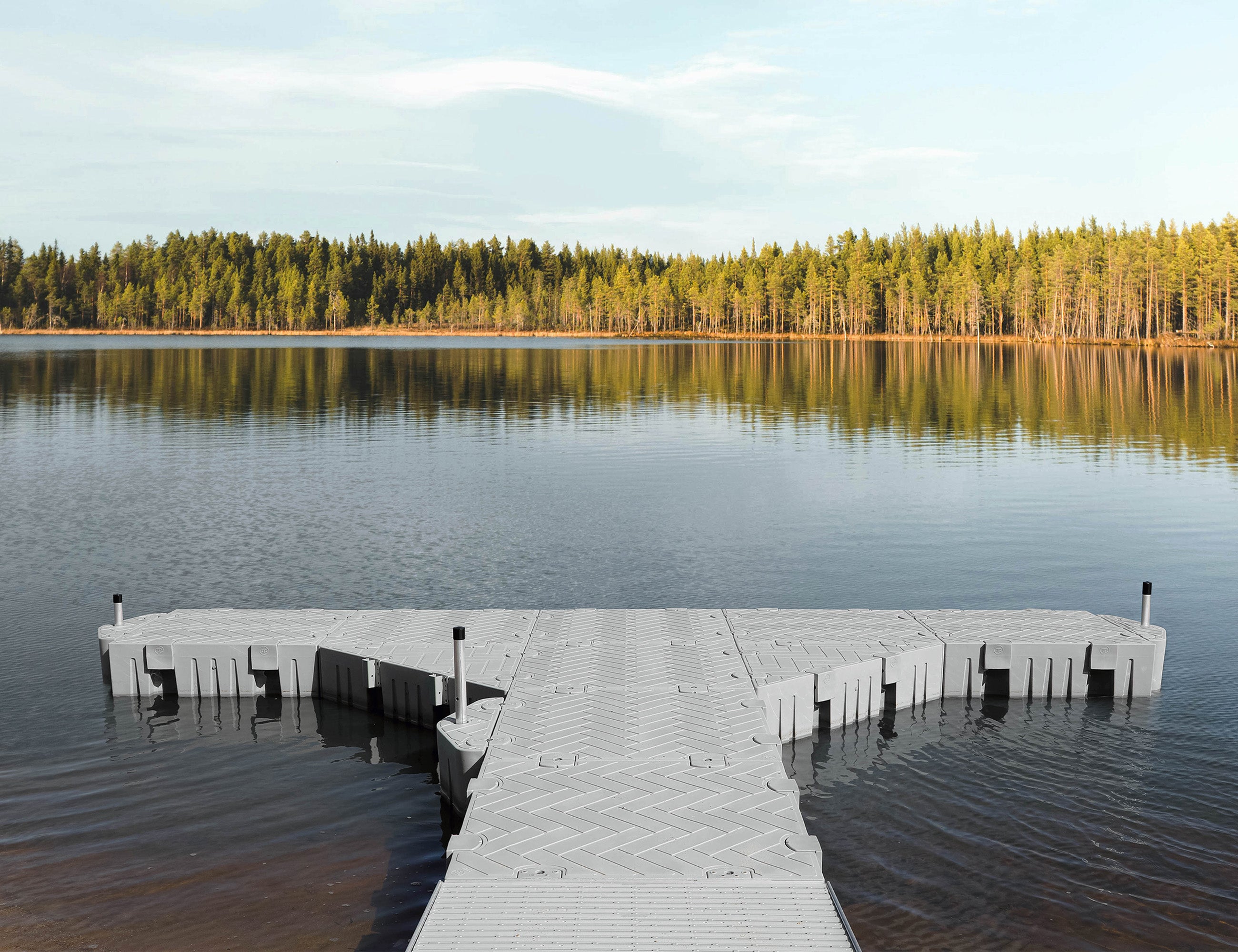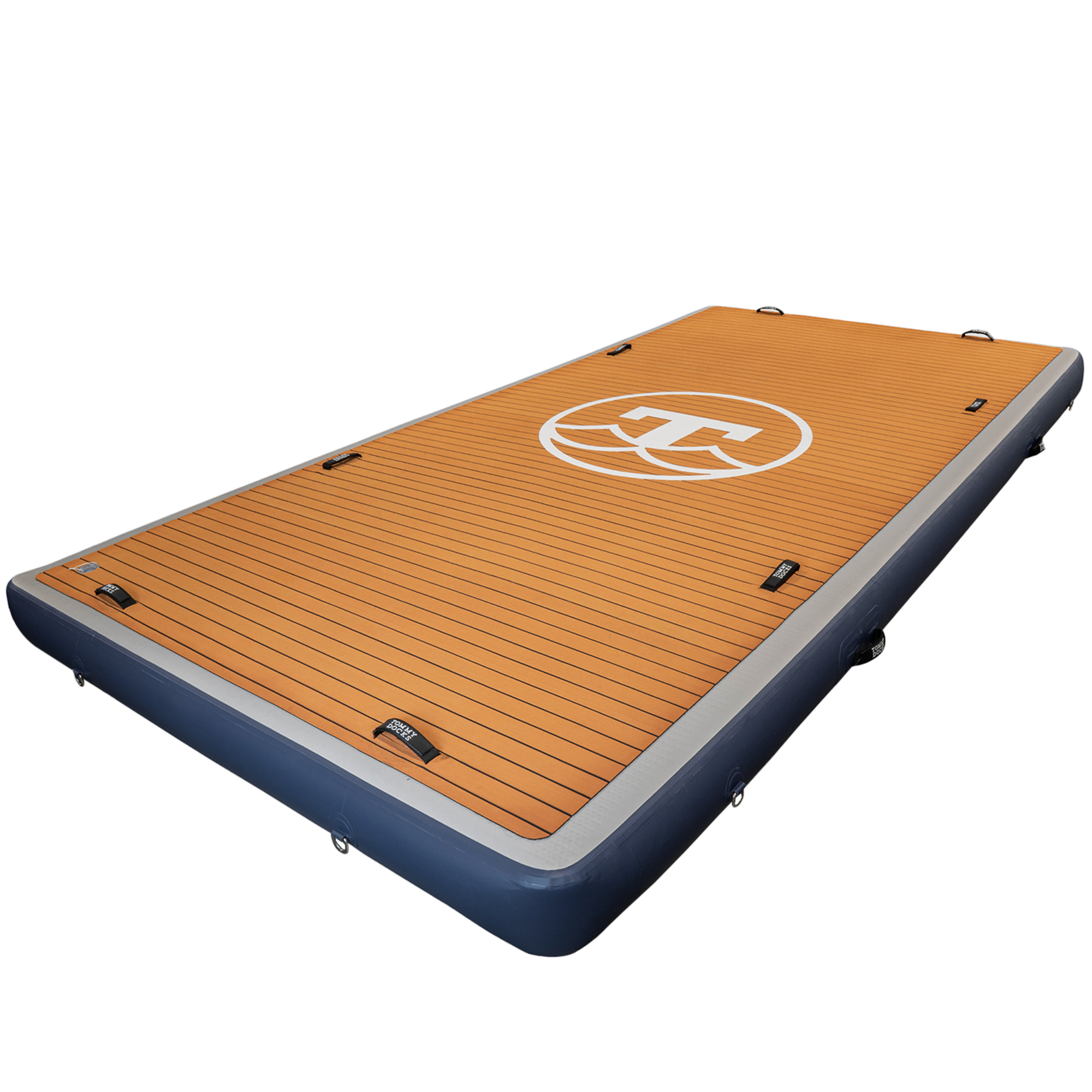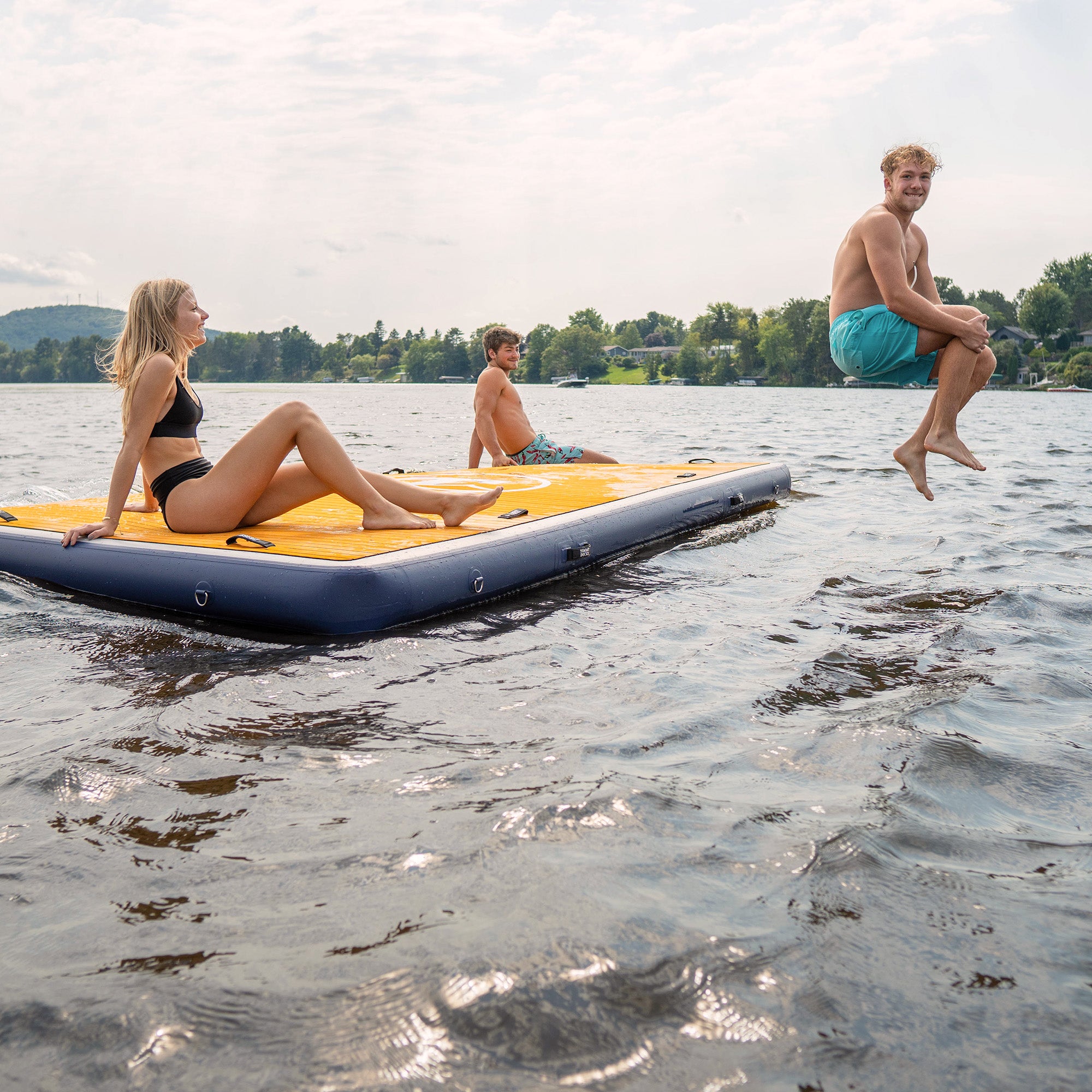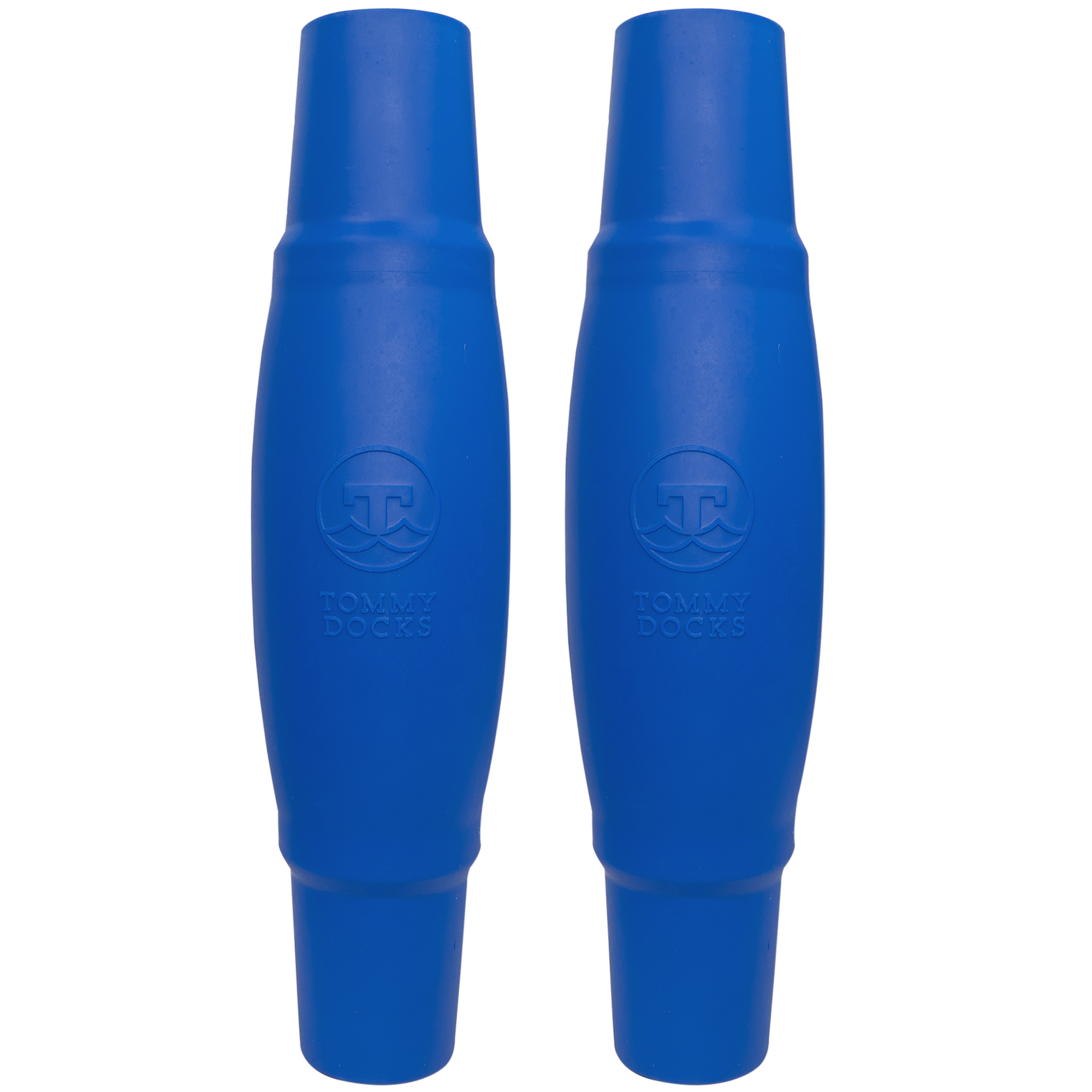The serene backdrop of a dock, with its calming waters and rhythmic sounds of lapping waves, presents an idyllic setting for many families. However, while docks can be centers of joy and relaxation, they also come with inherent risks, especially for children and pets. Ensuring their safety is paramount. Here's a comprehensive guide to adopting essential safety measures when little ones and furry companions are around.
1. Supervision is Key
a. Constant Vigilance
For children, especially those who can't swim, constant adult supervision is crucial. A child can fall into the water in a split second, and immediate response is often the difference between safety and tragedy.
b. Pets Need Attention Too
Dogs and cats are naturally curious creatures. They might chase after a bird or get excited by water ripples, leading to accidental falls. Always keep an eye on them, ensuring they're safe and not wandering too close to the edge.
2. Safety Gear
a. Life Jackets
All children should wear life jackets when near the water, even if they're not planning to swim. Ensure they fit snugly and are approved by relevant safety institutions.
b. Pet Life Vests
Many pet stores offer life vests designed specifically for pets. These vests come equipped with handles, making it easier to pull a pet out of the water if necessary.
3. Dock Design Considerations
a. Non-slip Surfaces
Choose materials that offer traction even when wet. This minimizes the risk of slip-and-fall accidents.
b. Railings and Barriers
Install railings around the dock's perimeter. For added protection, especially for smaller pets, consider adding a mesh or net barrier to prevent them from slipping through rail gaps.
c. Ladders and Ramps
Ensure that there are accessible ladders for humans and ramps for pets. This allows for easy exit from the water in case of accidental falls.
4. Educate and Train
a. Swim Lessons
Teaching children to swim from an early age is one of the best ways to ensure their safety around water. They'll be better prepared if they accidentally fall in.
b. Pet Training
Train your pets to understand basic commands like "stay" and "come". This can prevent them from venturing too close to the edge or chasing after wildlife.
c. Safety Drills
Conduct regular safety drills with your family, ensuring everyone knows what to do in case of an emergency. This can include practicing how to use life rings or throw ropes.
5. Environmental Awareness
a. Weather Conditions
Always check weather conditions before heading to the dock. Sudden rain can make surfaces slippery, while strong winds might create choppy water conditions.
b. Wildlife Awareness
Educate children about the wildlife they might encounter, ensuring they understand the importance of not disturbing them. For pets, it's vital to ensure they're restrained or trained enough not to chase after animals.
6. Emergency Preparedness
a. Safety Kits
Always have a safety kit on hand. This should include items like a first aid kit, a flashlight, a whistle, and a floating throw rope.
b. Communication
Ensure there's a means of communication available, be it a fully charged cell phone or a two-way radio, especially in remote dock locations.
In Conclusion: Safety is a Shared Responsibility
Docks have long been places of cherished memories for families and their pets. With careful planning, vigilance, and the adoption of safety measures, they can continue to be havens of joy without compromising safety. By sharing the responsibility of safety, we can ensure that our docks remain places of laughter, fun, and treasured moments for everyone, including our youngest and furriest family members.

